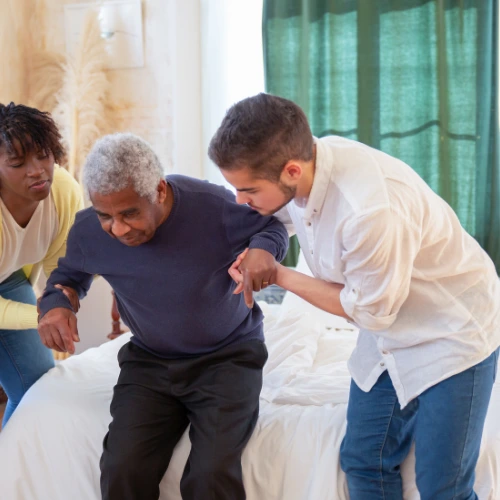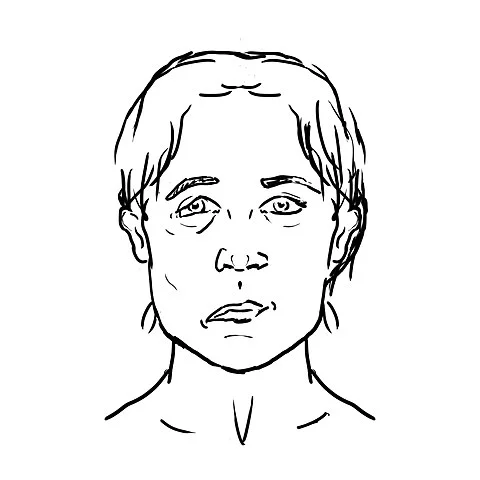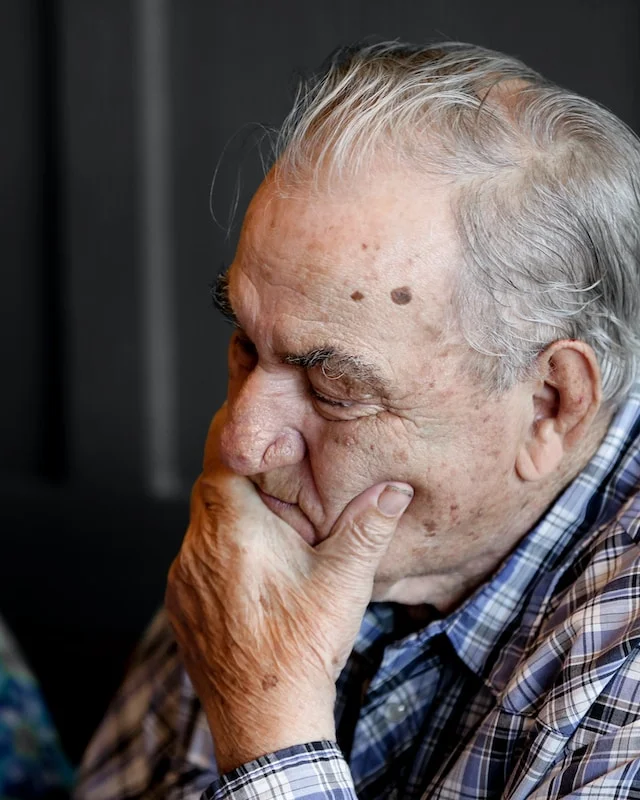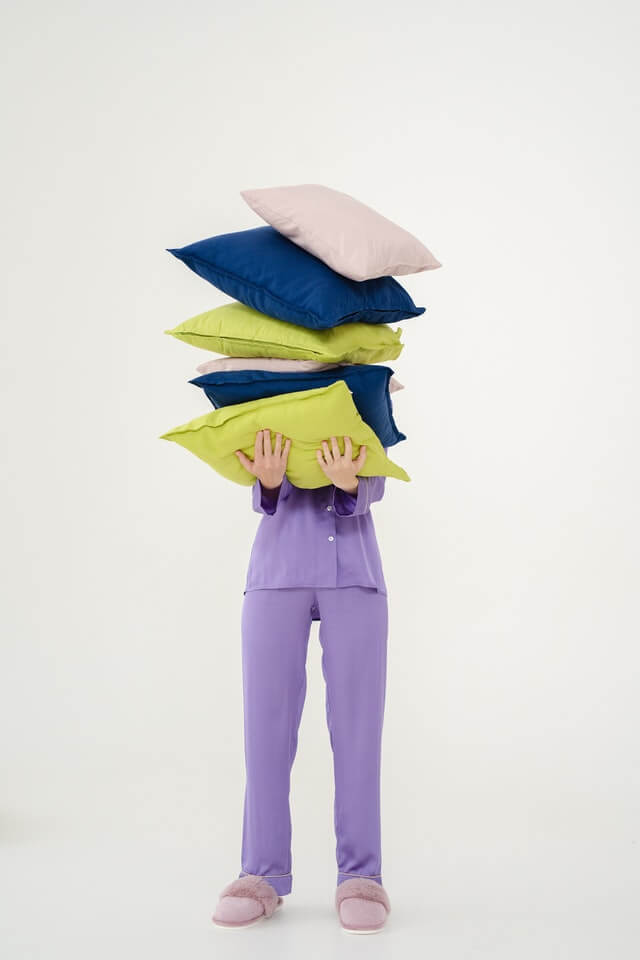Effects of Alzheimer’s Disease on Physical Health
Alzheimer’s disease is a challenging condition that affects more than just memory. It can have significant repercussions on a person’s physical health. In this article, we will explore how Alzheimer’s impacts various aspects of physical well-being, from basic bodily functions to mobility and safety.
Here Are the Major Effects of Alzheimer’s Disease on Physical Health
1. Swallowing Difficulties
One of the lesser-known effects of Alzheimer’s is its impact on the ability to swallow. As the disease progresses, individuals may find it harder to chew and swallow food safely. This can lead to complications such as choking or inhaling food into the lungs, which may result in pneumonia. Caregivers and loved ones should be aware of these challenges and may need to adapt meal plans or consider alternative forms of nutrition.
2. Balance Issues

Alzheimer’s can disrupt the brain’s ability to coordinate movements, affecting balance. This imbalance increases the risk of falls and injuries. Simple activities like walking or standing may become challenging, making it crucial for caregivers to provide support when necessary. Implementing safety measures at home, such as removing tripping hazards, becomes essential to reduce the likelihood of accidents.
3. Bowel and Bladder Control
Controlling bowel and bladder movements can also be affected by Alzheimer’s. Individuals may experience difficulties recognizing the need to use the bathroom or may forget the process altogether. Caregivers may need to assist with toileting and maintain a consistent bathroom schedule to prevent accidents. It’s important to approach these situations with sensitivity and understanding.
4. Facial Drooping

Facial drooping is a physical manifestation of the impact Alzheimer’s has on muscle control. As the disease progresses, facial muscles may weaken, resulting in a noticeable drooping of the face. This can affect facial expressions and communication. While it may not pose a direct health risk, it contributes to the overall physical changes associated with the disease.
5. Weak Muscles and Fatigue

Alzheimer’s gradually weakens muscles throughout the body, leading to fatigue. Daily activities that were once routine may become exhausting. Maintaining a routine exercise program, tailored to the individual’s abilities, can help slow down muscle deterioration and alleviate some of the fatigue associated with the disease.
6. Seizures
Seizures are a less common but significant physical manifestation of advanced Alzheimer’s disease. The abnormal electrical activity in the brain can lead to seizures, which may vary in intensity. Proper medical evaluation and management are crucial for individuals experiencing seizures, and caregivers should be educated on recognizing and responding to these events.
7. Uncontrollable Twitches
In addition to seizures, uncontrollable twitches or jerks in various parts of the body can occur. These involuntary movements can be distressing for both the individual with Alzheimer’s and their caregivers. While they may not necessarily cause harm, understanding and addressing these twitches is essential to provide comfort and support.
8. Disrupted Sleep

Alzheimer’s can disrupt normal sleep patterns, leading to difficulties falling asleep or staying asleep. Sleep disturbances not only affect the individual’s well-being but can also impact the caregiver’s ability to provide adequate support. Establishing a calming bedtime routine, minimizing caffeine intake, and creating a comfortable sleep environment can contribute to better sleep quality.
9. Shuffling or Dragging Feet
Changes in gait, such as shuffling or dragging feet when walking, are common physical symptoms of Alzheimer’s. These alterations in walking patterns increase the risk of falls and injuries. Caregivers should encourage proper footwear, use assistive devices like walking aids if necessary, and create a safe environment to minimize the chances of accidents.
10. Injuries from Falls
The combination of balance issues, weakened muscles, and altered gait significantly elevates the risk of falls. Falls can result in injuries ranging from minor bruises to more severe fractures. Caregivers should take proactive measures to reduce fall risks at home, such as installing handrails and ensuring well-lit pathways.
Conclusion
While Alzheimer’s primarily affects memory and cognitive functions, its impact on physical health is substantial. Understanding these effects is crucial for both individuals with Alzheimer’s and their caregivers. By recognizing and addressing these physical challenges, caregivers can provide better support, enhance quality of life, and promote a safer environment for those living with Alzheimer’s disease.
